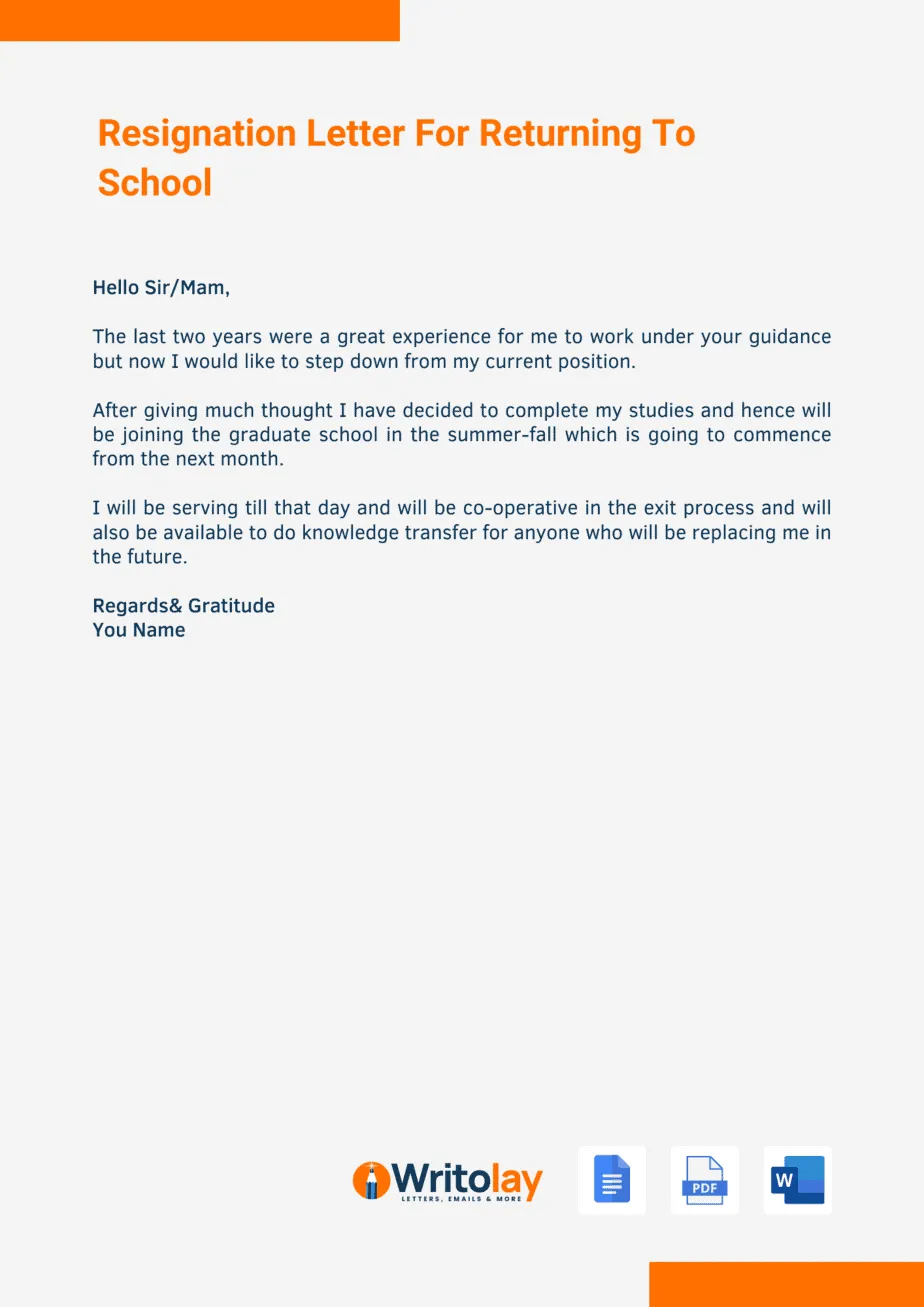Return to Work Cover Letter What You Need
Crafting a return to work cover letter can feel daunting, but with the right approach, it can be your key to unlocking new career opportunities. This guide provides actionable steps to help you create a compelling cover letter that showcases your value and addresses any concerns employers may have about your employment gap. Remember, your cover letter is your chance to make a strong first impression and demonstrate your enthusiasm for returning to the workforce. Use this guide to navigate the process and create a cover letter that will impress potential employers. A well-crafted cover letter increases the chances of getting your foot in the door, leading to an interview. A cover letter is a personalized introduction that highlights your skills and experience. It demonstrates your interest in a specific position and company.
Highlight Your Skills and Experience
The core of your return to work cover letter should spotlight your skills and experience. Focus on what you can bring to the role and how your past experiences align with the job requirements. This means selecting the skills and experiences most relevant to the target position. Think about what makes you a strong candidate, what you have to offer, and how your skills can address the potential employer’s needs. It is vital to show that your abilities are up-to-date and relevant. Avoid generic language; instead, provide specific examples of how you’ve used your skills in the past and the results you achieved. This section is your opportunity to convince the hiring manager that you are the right fit for the role and that your prior experience is still valuable.
Identify Your Relevant Skills
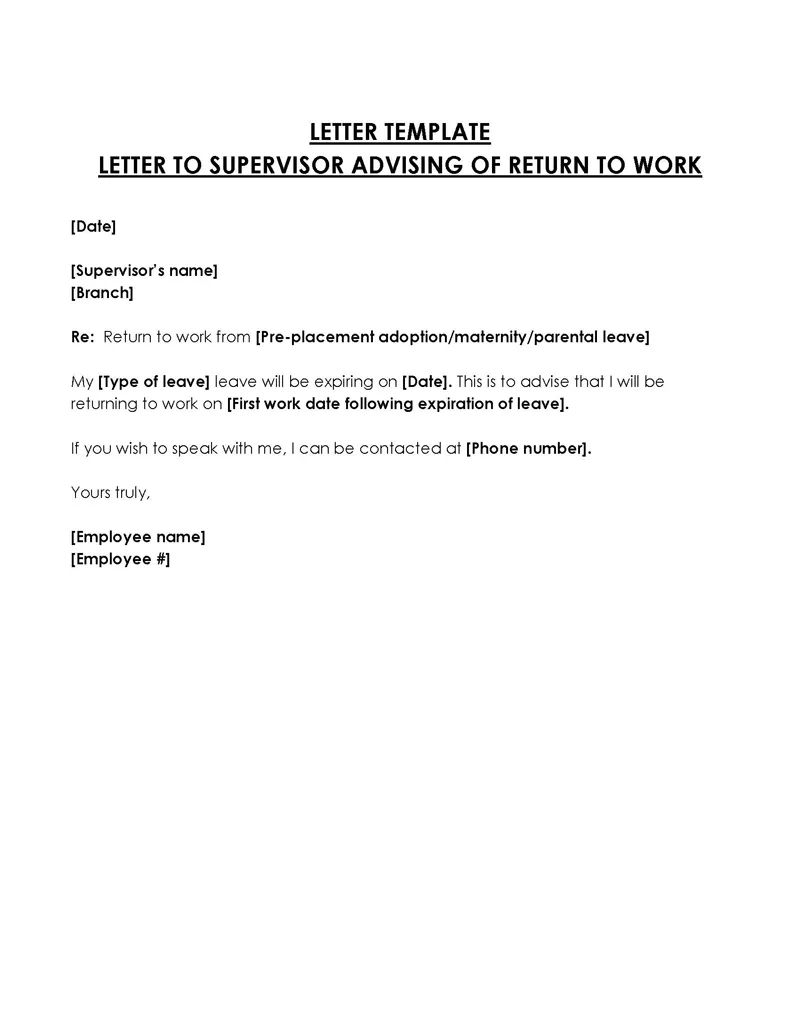
Begin by listing the skills mentioned in the job description. Then, identify the skills you possess that match those requirements. Your goal is to create a bridge between your abilities and the job’s needs. Tailor your skills to the specific job, focusing on those that are most applicable. Analyze the job description carefully and consider which skills are most critical for success. Do not just list skills; provide evidence of how you have applied them in previous roles or situations. This could include technical skills, soft skills, or any industry-specific knowledge. Showing how you’ve used your skills in the past to achieve results makes your cover letter more convincing.
Quantify Your Achievements
Use numbers and data to showcase your accomplishments. Instead of just stating what you did, use metrics to illustrate your impact. Quantifying your achievements provides concrete evidence of your value. For instance, instead of saying “Managed social media,” say “Increased social media engagement by 30% in six months.” Include numbers that demonstrate your proficiency and effectiveness. Use data to illustrate the value you can bring to the position. This can include sales figures, project completion rates, or any other measurable achievements that highlight your success. This shows potential employers the tangible benefits of hiring you.
Address the Employment Gap
The employment gap is a significant area to address in your cover letter. Be honest and transparent about the period of time you were away from the workforce. Explain the reasons behind the gap concisely and professionally. The goal is to address any concerns the employer may have and reassure them of your commitment to the job. A well-explained gap can turn a potential negative into a positive. By being upfront, you demonstrate integrity and address the elephant in the room. Acknowledge any periods of unemployment by explaining the circumstances and what you did during that time. Focus on how the time away has made you a stronger candidate.
Acknowledge the Gap
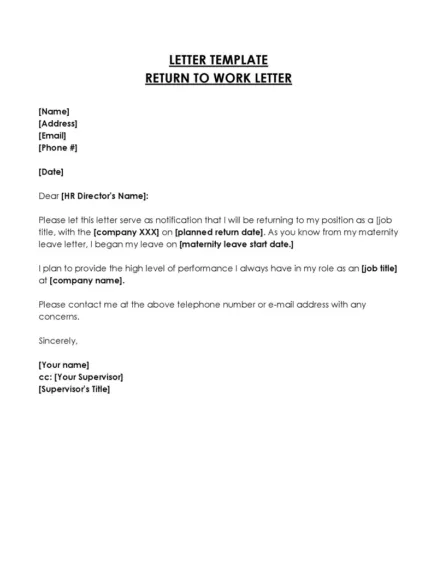
Begin by briefly stating the period of your employment gap. It’s important to clearly state the dates. Be direct but avoid overly detailed explanations. Keep it concise and relevant, focusing on the main reason. For example, you might say, “From [Start Date] to [End Date], I took a career break to focus on [reason].” The goal is to show transparency without going into unnecessary detail. This straightforward approach can reduce any potential concerns. This also shows you are taking ownership of your professional path.
Be Honest and Brief
Honesty is crucial in your cover letter. Avoid any attempts to hide or misrepresent the employment gap. Instead, address it directly and briefly. Keep the explanation concise and focus on the positive aspects. Briefly explain the reason for your time away from work. Focus on what you did during the gap, whether it was further education, volunteer work, or personal development. Mentioning any skills or experiences gained during your time away can be beneficial. Frame it in a way that showcases your growth and adaptability. Be brief but clear about why you were out of the workforce. This shows you are responsible and demonstrates professionalism.
Emphasize Your Desire to Return
Make it clear why you are returning to work. Express your enthusiasm and readiness to contribute to the workforce again. Show your genuine interest in the specific role and company. Highlight what excites you about the position and how your skills align with the company’s mission. Demonstrate your eagerness to apply your skills and experience. Communicate a proactive attitude and a desire to learn and grow within the organization. Enthusiasm is infectious and can make you stand out from other candidates. A strong statement of interest can greatly improve your chances of getting hired.
Tailor to the Job
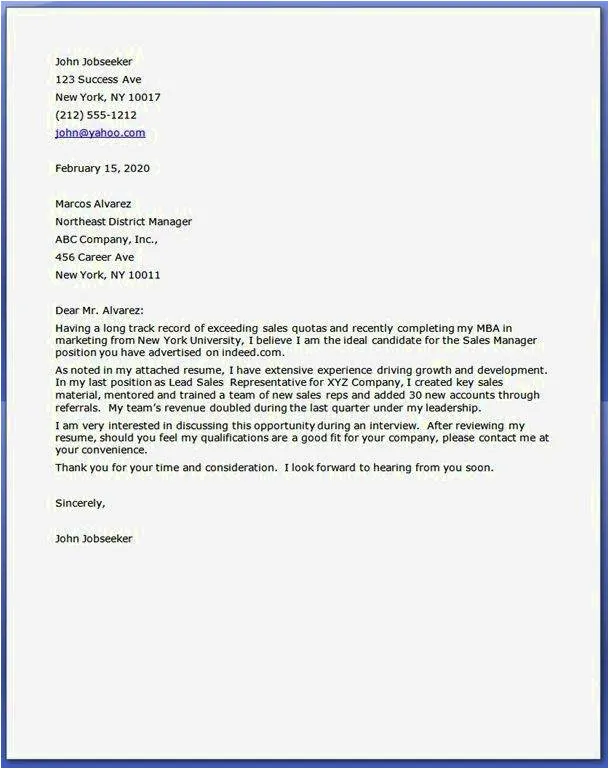
Customize your cover letter for each job application. Generic cover letters will not impress hiring managers. Show that you have carefully read the job description. Highlight the specific skills and experiences the employer is seeking. Make the hiring manager feel like you wrote the letter just for them. Each letter should be tailored to match the specific requirements of the job. Tailor the letter to highlight the specific skills and experiences that match the job requirements. This shows the employer that you have carefully read the job description and understand the role. Do not use a generic template for every application; personalize each letter. The extra effort will significantly increase your chances of success.
Research the Company
Before writing your cover letter, research the company thoroughly. Understand their values, mission, and recent achievements. This shows genuine interest and helps you tailor the letter to their needs. Investigate the company’s website, social media, and any news articles. The more you know about the company, the better you can demonstrate why you are a good fit. This research is critical to help you customize your letter. The more you know about the company, the better equipped you are to tailor your cover letter to address their needs. Showing that you understand their mission will make a good impression.
Customize Your Letter
After researching the company, customize your cover letter. Use the company’s name and address the hiring manager by name if possible. Mention specific aspects of the company that resonate with you. Tailor your language and tone to match the company culture. Highlight specific examples of how your skills and experience can benefit the company. Show that you have considered their needs. Explain why you want to work for this company, not just any company. This level of personalization makes a stronger impression. Tailoring your letter demonstrates your interest in the specific role and company. Customizing the letter increases your chances of getting an interview.
Showcase Your Enthusiasm
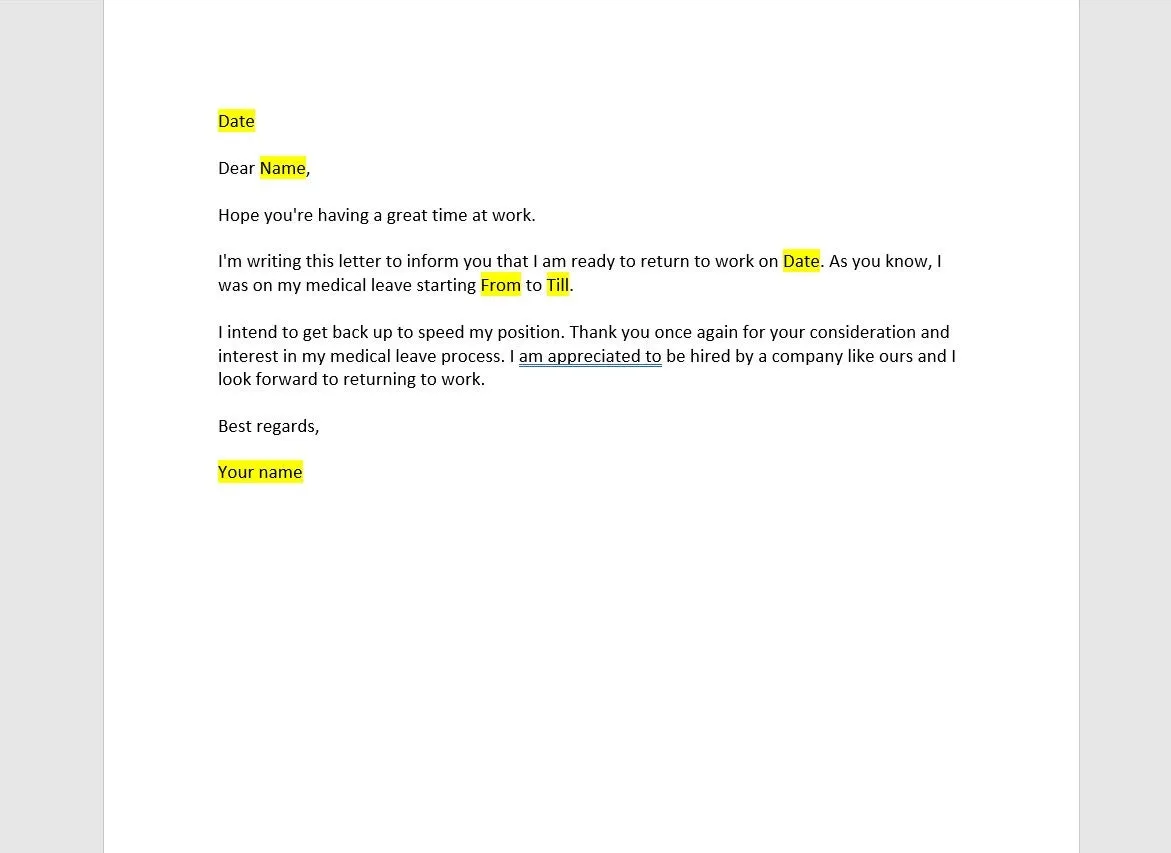
End your cover letter with a strong statement of your enthusiasm for the position. Reiterate your interest in the role and express your confidence. Thank the hiring manager for their time and consideration. Include a call to action, such as expressing your eagerness to discuss your qualifications further. Summarize your key qualifications and reiterate your enthusiasm for the opportunity. A strong closing can leave a lasting positive impression. End with a professional and confident tone. Express your enthusiasm for the position and express confidence in your ability to contribute to the company’s success. This is the final step to making sure you get an interview.
